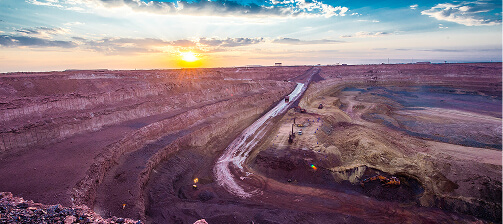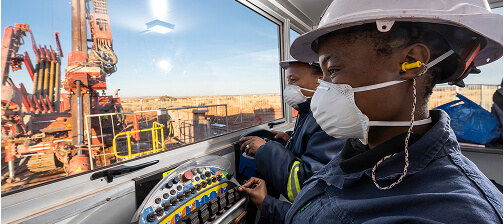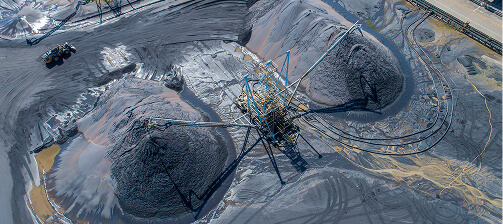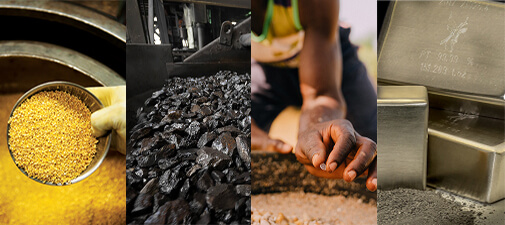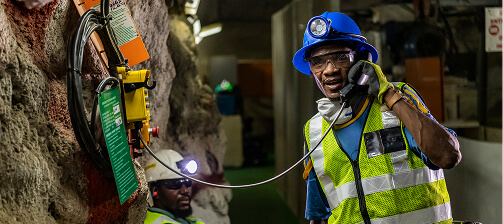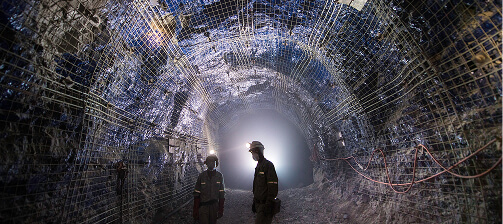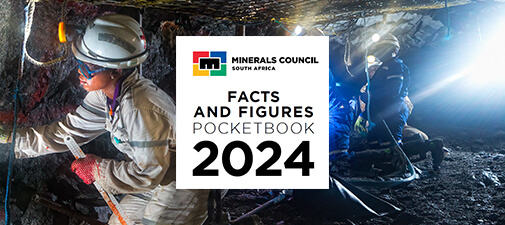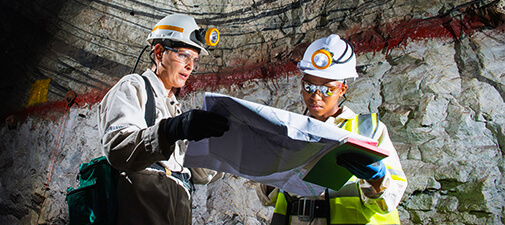An error has occurred while processing your request.
You may not be able to visit this page because of:
- an out-of-date bookmark/favourite
- a mistyped address
- a search engine that has an out-of-date listing for this site
- you have no access to this page
Go to the Home Page
If difficulties persist, please contact the System Administrator.
![Logo MCSA [logo]](/templates/chamber/images/logo.svg)

